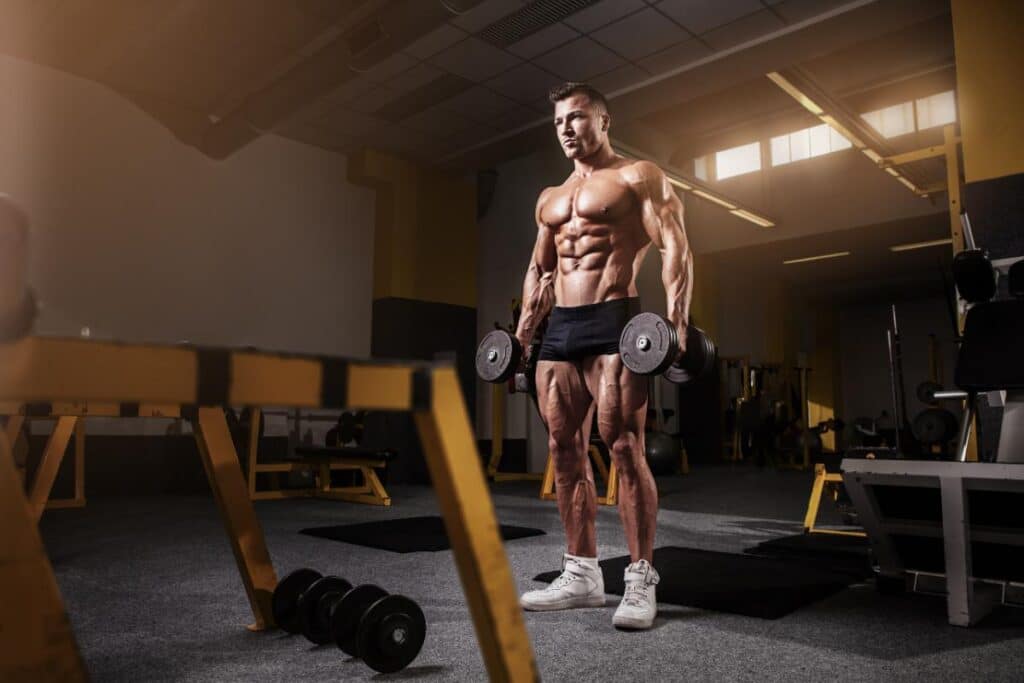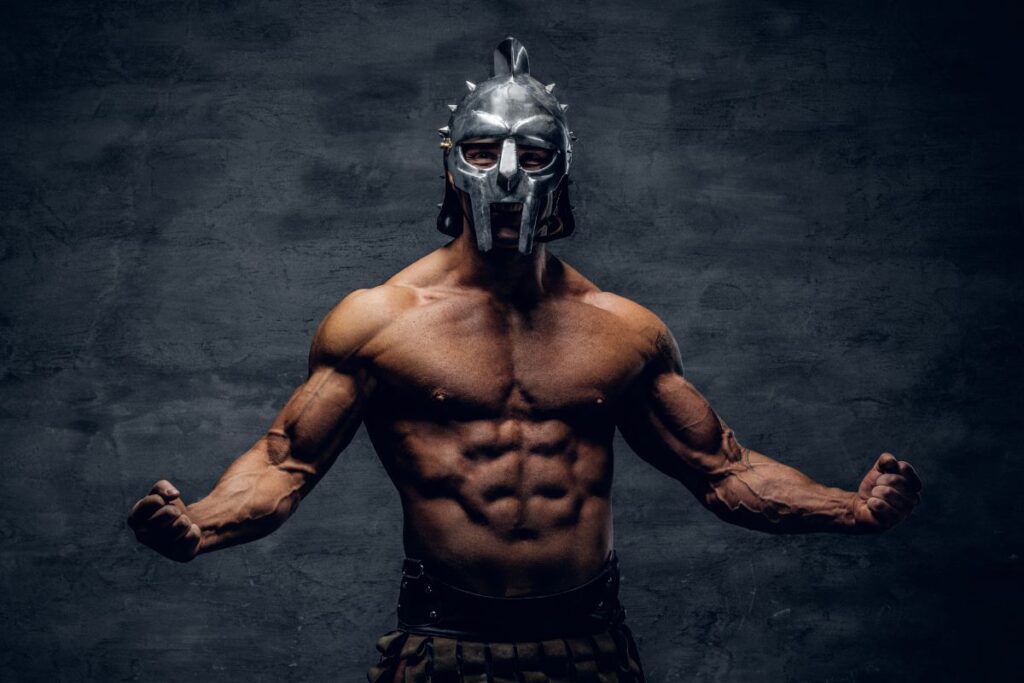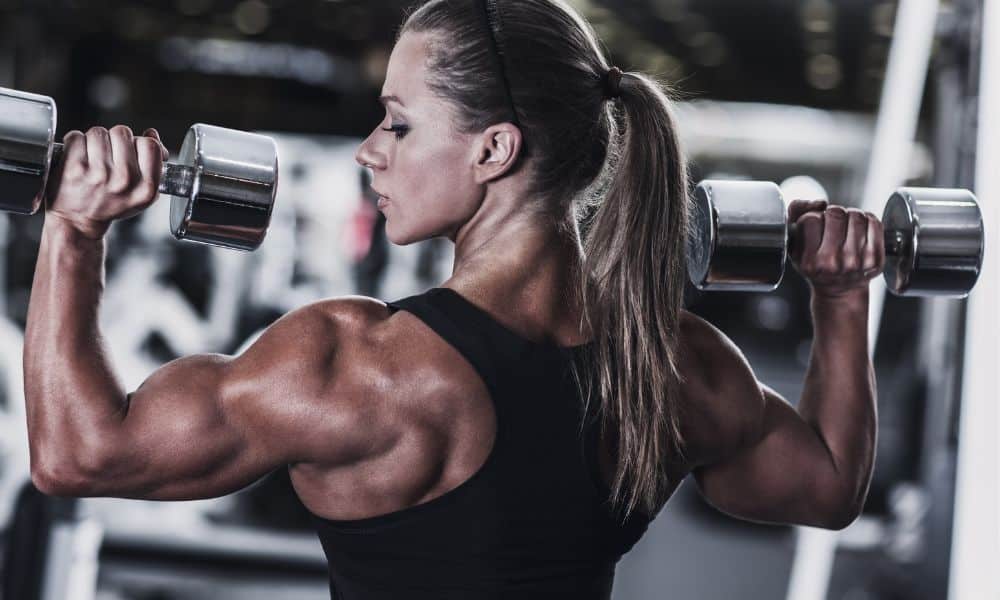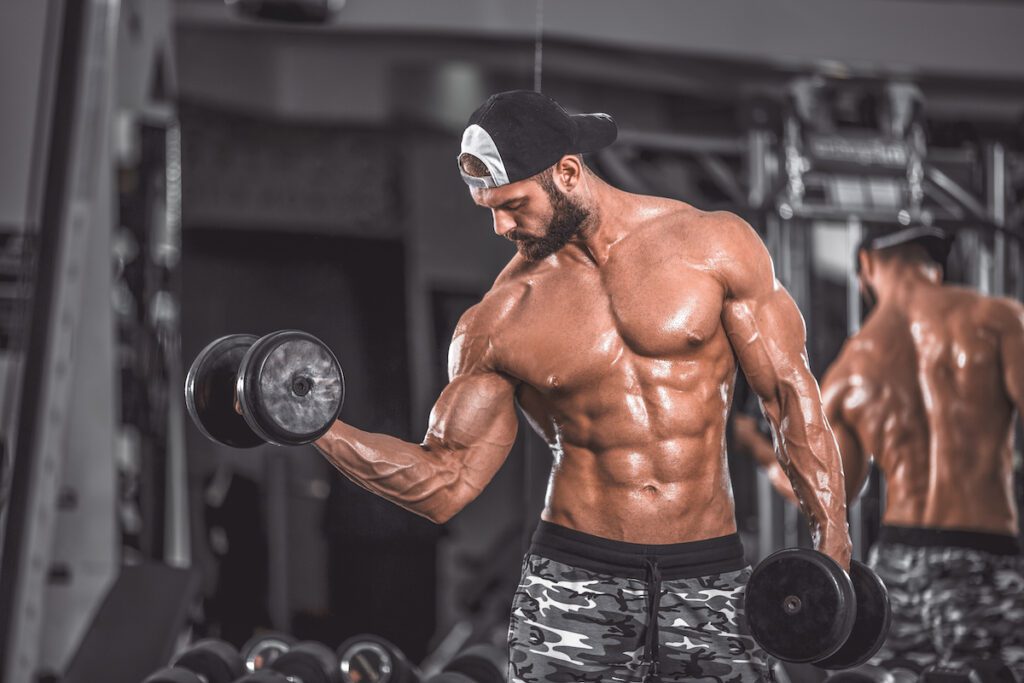Have you embraced the heritage of the Bronze Era of bodybuilding? Physical fitness and bodybuilding have been integral to human history since ancient times. Long before modern gyms and advanced exercise equipment, the Bronze Era of Bodybuilding (around 1894 – 1939) understood the importance of strength, health, and vitality.
Though simple by today’s standards, the practices of these bodybuilders played a significant role in shaping the history of physical fitness. They focused on exercise, a diet without steroids, and without many supplements we use today. Thus many lifestyle and natural bodybuilders can learn more from the Bronze Era of bodybuilders than today’s bodybuilders because of their similar bodybuilding journey.
By delving into their wisdom and practices, we can gain a deeper appreciation for the legacy they left behind and recognize the lasting impact of bodybuilding on our quest for optimal well-being.
Emerging Principles
The Bronze Era of bodybuilding marked a period when science was emerging, and bodybuilders could not access many of the drugs or technology we see today. Physical strength was highly valued for various reasons, mainly because bigger muscles could lift more weight. Strength and physical prowess were often linked to bodybuilding, and Bronze Era bodybuilders were admired and respected.
Training principles, as it were, were an essential aspect of Bronze Era bodybuilding due to the lack of steroids and supplements. Also, during this time, bodybuilders didn’t have modern gyms or the state of arts training equipment that could target or isolate a muscle. Bodybuilding in the Bronze Era played a crucial role in shaping the health culture of that era. During this time, the granddaddy principles of training began to surface.
Simple Training
The Bronze Era of bodybuilders relied on simple, effective training methods to develop their strength and physique. They used bodyweight exercises, bars, and weights to stay fit without the luxury of modern exercise machines.
Their workouts included Exercises such as squats, lunges, push-ups, pull-ups, and deadlifts. Bodybuilders honed their skills through intense body-functioning exercises that made everyday activities more accessible, contributing to muscular development.
These practices showcased their dedication to physical fitness and laid the foundation for the future of bodybuilding. Simple compound exercises improve the hormones, nervous, skeletal, and muscular systems.

Supportive Diet
One of the most remarkable aspects of Bronze Era bodybuilding was their approach to nutrition. Despite limited knowledge of modern dietary science, Bronze Era bodybuilders managed to maintain diets that supported their strenuous physical activities.
Their diets were predominantly based on whole, unprocessed foods, including meats, vegetables, fruits, and grains. They understood the significance of a balanced diet in achieving peak performance, even if the exact scientific rationale was unknown. Thus mindful eating beyond taste helped them reach their fitness goals faster.
Lifestyle
Bodybuilding’s cultural and social importance in society cannot be overstated. It was a means of achieving physical prowess and an integral part of the human experience. Sculptures and artworks often depicted powerful and muscular figures, symbolizing strength and divinity. These representations served as reminders of the significance of physical strength and inspired others to pursue similar goals.
History
As we reflect on the heritage of the Bronze Era of bodybuilding, we are reminded that our modern pursuit of strength and fitness is deeply rooted in the past. Today’s bodybuilders stand on the shoulders of those who came before us, drawing inspiration from their dedication and wisdom. While the methods and tools have evolved, the underlying goal of achieving a strong, healthy, and vital body remains the same.
By embracing the heritage of Bronze Era bodybuilding, we can gain a renewed appreciation for the fundamentals of physical fitness. It encourages us to simplify our approach and connect with the essence of human strength and resilience. The ancient bodybuilders achieved remarkable feats without the technology and resources we have today, reminding us that true power comes from within.

Impact
Moreover, recognizing the lasting impact of bodybuilding on the human quest for strength, health, and vitality can inspire us to stay committed to our fitness journeys. As we progress, we carry the torch of this enduring tradition, keeping the spirit of Bronze Era bodybuilding alive in our modern practices.
Conclusion – Bronze Era Bodybuilding
In conclusion, the significance of Bronze Era bodybuilding in shaping the history of physical fitness cannot be overlooked. Embracing the wisdom and practices of our ancient predecessors offers us valuable lessons in simplicity, dedication, and the pursuit of excellence. By recognizing the lasting impact of bodybuilding on our well-being, we are motivated to continue our journey towards a strong and healthy life, just as our Bronze Era bodybuilders did.
If you love bodybuilding, share this article on Facebook or Twitter so that others can learn more about building muscle.
Q&A – Rediscovering the Bronze Era of Bodybuilding: Techniques, Diets, and Philosophies
Q1: What is the Bronze Era of Bodybuilding, and when did it take place?
A: The Bronze Era of Bodybuilding refers to the period from the late 1800s to the early 1900s. This era was characterized by a focus on physical culture, strength, and an aesthetic physique that emphasized symmetry and proportion. It was the time before modern bodybuilding techniques and supplements were developed, and the focus was more on natural training and diet.
Q2: Who were some notable figures from the Bronze Era of Bodybuilding?
A: Key figures from this era include Eugen Sandow, often regarded as the father of modern bodybuilding, and Lionel Strongfort. These individuals were pioneers in promoting physical culture and bodybuilding as a way of life, emphasizing strength, health, and well-being.
Q3: How did the training methods during the Bronze Era differ from today’s techniques?
A: Training methods during the Bronze Era were less scientific and more rudimentary compared to today’s standards. They relied heavily on basic compound movements, bodyweight exercises, and the use of rudimentary weights. The approach was more holistic, focusing on overall health and strength rather than just muscle size.
Q4: What was the typical diet like for a bodybuilder in the Bronze Era?
A: The Bronze Era bodybuilding diet was simple and natural, focusing on whole foods. It included a high intake of proteins from sources like eggs, milk, meat, and fish, and a balanced amount of carbohydrates and fats from natural sources. Processed foods and supplements were virtually non-existent.
Q5: Were steroids or supplements used during the Bronze Era of bodybuilding?
A: No, the use of steroids and dietary supplements was not a part of the Bronze Era bodybuilding culture. This era predates the development and use of anabolic steroids and specialized bodybuilding supplements. The focus was more on a natural diet and training regimen.
Q6: What can modern bodybuilders learn from the Bronze Era?
A: Modern bodybuilders can learn the value of a more holistic approach to fitness from the Bronze Era. This includes the importance of a balanced diet, the effectiveness of fundamental strength exercises, and the emphasis on proportion, symmetry, and overall health rather than just muscle size.
Q7: How was the concept of fitness and bodybuilding perceived during this era?
A: During the Bronze Era, fitness and bodybuilding were seen as part of a broader physical culture movement. It was not just about building a muscular physique but about improving overall health, strength, and well-being. Physical culture in this era was often linked with ideals of discipline, moral character, and self-improvement.
Q8: Were there any specific philosophies or principles that defined the Bronze Era approach to bodybuilding?
A: The Bronze Era approach to bodybuilding was underpinned by principles of naturalism, balance, and functional strength. It emphasized the development of the body through natural means and aimed for a balanced physique that was both aesthetically pleasing and functionally strong.
Q9: Did the Bronze Era of bodybuilding include competitive events?
A: Yes, there were competitive events during the Bronze Era, but they were different from modern bodybuilding competitions. These events often included displays of strength and feats of athleticism, and the judging criteria focused more on overall physique, balance, and grace rather than just muscle size.
Q10: How did the Bronze Era of bodybuilding influence subsequent developments in the sport?
A: The Bronze Era laid the foundational principles of physical culture and bodybuilding that influenced subsequent developments in the sport. It set the stage for a more scientific approach to training and nutrition that evolved in the later years. The ideals of symmetry, proportion, and a holistic approach to health and fitness from this era are still relevant and appreciated in modern bodybuilding.




